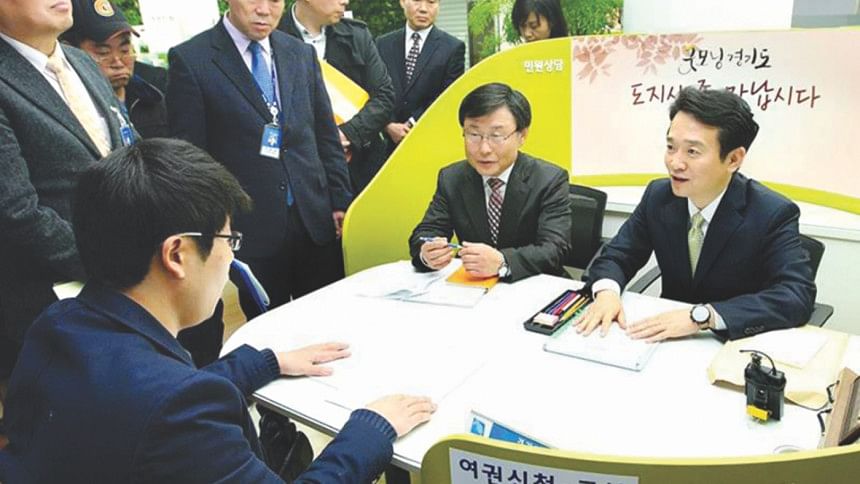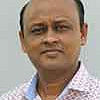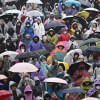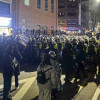Governor house opened for public

In the run up to the gubernatorial election in 2014, Nam Kyung-pil promised to transform the governor house from a cold and closed space into a warm and open space for people of the province.
He came up with innovative ideas to keep his promise within three months after he was elected as governor of Gyeonggi province of South Korea. He opened his official residence to the public for various purposes such as wedding.
Located at a hilltop, Good Morning House is now an attractive place for people to organise programmes.
The facilities of the official residence made available for wedding ceremonies include the banquet hall, kitchen and living room to be used as wedding hall, waiting room for the bride, a traditional service room, etc.
"The governor house is a public property. People should have access to it. So, after some renovations, I opened it for people," Governor Nam told this correspondent at Good Morning House during his recent visit to South Korea.
Nam invited some 80 journalists from 50 countries, who were visiting South Korea last month, for dinner at his official residence.
“Where do you live, then?” asked one of the journalist.
“I live in an apartment,” he said with a smile.
After he was sworn in in June 2014, he said, "Innovation is to change myself, as governor. I will try to create a harmonious society."
Regarding his role as the head of the provincial government, Nam said, "I will first make citizens and residents happy through job creation."
He believes if he changes his province, South Korea will change eventually.
Asked about his philosophy of life, he put it in one simple word, "happiness."
"If everyone in a family is happy individually, the family will be happy. If all the families are happy, the society will be happy. In this way, the country will be a happy country," Nam explained.
Gyeonggi is the most populous province in South Korea. Its name, Gyeonggi means "the area surrounding the capital". Seoul, South Korea's largest city and national capital, is in the heart of the province but has been separately administered as a provincial-level special city since 1946.
The province has witnessed development of heavy industries of electronics, machine and steel, chemical industry, light industry and farm, livestock and fisheries industry.
The governor said his administration was trying in many ways to improve and modernise the conventional structures of industries.
About 30 percent corporations of South Korea are based in his province, generating 35 percent of national jobs, said Nam, a seasoned politician and former journalist, who had served as lawmaker from the ruling party five times.
His election to the governor office was one of the toughest races as he beat his rival, NPAD [New Politics Alliance for Democracy] candidate Kim Jin-pyo by a margin of less than 1 percent.
Some of Nam's campaign pledges related to public safety and economic development.
Over the last two years, he regularly met people and heard their complaints and suggestions as to how to develop the province and services for people.
Nam is considered one of the few innovative members of the ruling Saenuri Party.
His action made him emerge as one of the potential presidential candidates for the election to be held next year.
Apart from Nam, most of those who are thought of as potential president candidates are either sitting or former governors or mayors of provinces and metropolitan governments in South Korea.
The new local autonomy law designated the special city of Seoul, six autonomous cities, and nine provinces as wide-area autonomous governments, and the districts in Seoul and cities and counties as local autonomous bodies. The division was made to make smoother transition in stages from a centralized system of government to local autonomy. These local administrative heads of government are elected for a four-year term for a maximum of three terms.
The country has presidential form of government with the president head of the state and the executive. One cannot serve as president more than once.
In the decentralised system of governance, the local government institutions are creating future leaders to lead the South Korea, a country with a population of 50 million and around areas of one lakh square kilometer.
Like Nam, Seoul Mayor Park Won-soon has been dominating the discussion as one of the presidential candidate since his reelection as the mayor in 2014.
The chief of the South Korean capital with a population of 10 million has overwhelmingly strong communication abilities. Under his leadership, the Seoul Metropolitan government has drawn people's attention through implementation of many innovative programmes which immensely benefited city dwellers.
Former President Lee Myung-bak obtained a ticket to the Blue House presidential residence on the strength of his achievements as the mayor of Seoul.
Park Won-soon, a leader of Democratic Party and a former human rights lawyer, is a leading citizen movement activist in South Korea.
Take example of another governor. For his popularity, many believe Kim Kwan-yong, governor of Gyeongsangbuk-do province, will emerge as ruling party's presidential candidate in next election.
He has been serving as governor since 2010. He has been elected for third term in 2014. He is now president of governor association of South Korea.
He has been awarded more than a dozen times for his outstanding performances. Best organisation for foreign investment, economic leader of Korea and communication management of Korea.
Asked if he is interested in stepping in the presidential race, he said: "I like to stay close to people and work in the field. I am not interested in the presidential race."
He however dreams for a big achievement for outstanding science and technology capacity of his province.
His province has been a major driving force for Korean industrial development and technological development of humankind. So, the dream of Nobel price for science in Korea, he said, is ripening in Gyeongsangbuk-do province.

 For all latest news, follow The Daily Star's Google News channel.
For all latest news, follow The Daily Star's Google News channel. 








Comments